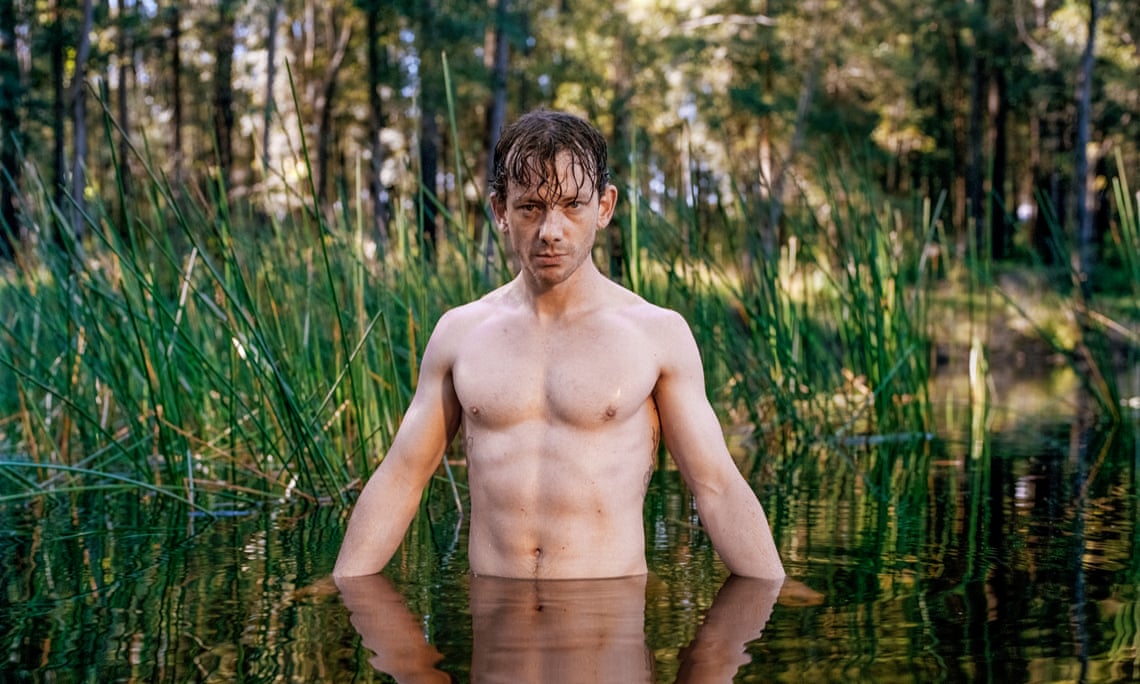Art and masculinity in the modern age
Throughout art history, the male figure has always been represented as a hero: masculine, powerful, strong. Men want to be them, women want to lust over them.
As tradition has taught, in art history, we women have historically existed to satisfy the male gaze. This was principal because art was produced for men to enjoy, with the separation between a male and female position in art only growing wider, to the point that it would seem disruptive to portray a man in art in a position that was typically held for a female figure (and vice versa).
Although there are hundreds, if not thousands, of critiques and scholarly writings about the exploitation of the female figure in art, especially the female nude, there never seems to be much discussion surrounding the exploitation of the male figure. The representation of men in art fell into a dark hole of hyper-masculinity; artists used their work almost as propaganda for the mould of a man in society formed over time.
We have to wonder whether these centuries of stigmas, of what it means to be a man or woman, still affects our culture today?
It is hard to even comprehend that this still goes on in the 21st century. I, personally, see our society as much more progressive than even a few years ago, let alone centuries ago. Male identity and what it constitutes to be a man is being discussed much more freely – in fact, we are coming to the end of Men’s Mental Health Month this November. Here in the UK, charities and initiatives are being set up more and more often to help men’s mental health: often, studies find, one of the key issues facing men is the feeling they have to ‘be a man’, or to ‘man up’. Therefore, even in the UK in 2021, we have to wonder whether these centuries of stigmas, of what it means to be a man or woman, still affects our culture today? And to expand further, has the male portrayal in the history of art added to this?
Paul McDonald, a Sydney-based photographer, recently created a photo essay named ‘Study of Self‘. McDonald explored “masculinity in the modern age”. He turned the photography lens on himself and his friends to study male vulnerability, belonging, and identity in the modern age. He uses his own experience of questioning who he was and what it means to be a man, as a stimulus for his exploration.
Many of the men pictured are nude, or in provocative and vulnerable poses – as is often the portrayal of women in art. McDonald’s work becomes reminiscent of the female nudes painted by the masters such as Rubens, Rembrandt and Titian. These artists’ shone a light on all-female nudes, any shape and size – not society’s idea of perfection. McDonald subverts this and deals with the ‘normal’ male bodies.
McDonald uses this study to think about stripping away male and female tropes, specifically the portrayal of hyper-masculinity in art and society
Quotes from the men photographed are inserted in McDonald’s photo essay. There is a recurrent theme between the models, that they do not want their personality and characteristics to be thought of as just ‘masculine’. Rather, McDonald uses this study to think about stripping away male and female tropes, specifically the portrayal of hyper-masculinity in art and society. Perhaps this is why he strips his models down to the nude, or little clothing, as it allows the audience to not judge how masculine one is, on the basis of their material things.
Although I argued that art history is ”propaganda” for hyper-masculinity, that society has been enthralled over for centuries, there is no doubt art has also challenged the stereotypes. In fact art, in all its entirety (music, acting, dance and so on), has always been a medium for the exploration of finding self-identity.
In the UK alone, there was rising popularity of looking at gender with no boundaries in the late nineteenth century, or what we now call the Aestheticism period. Artists such as Simeon Solomon, Aubrey Beardsley, and Frederic Leighton used the male body as their muse. Many of their male figures did not always look strong and powerful but were represented as fragile and beautiful.
Even the ancient Hellenistic and Greek statues, the epitome of classical art, idolise the male nude. Although they represent some of the figures in battle – strong and muscular – there are just as many statues that show the beauty of men and how they can be represented as vulnerable in art and to society.
Can art change the way men in our life think about their identity, just like it has helped place them into this box of performing masculine characteristics?
Yet, although art broke down, and is still breaking down, these stereotypes of men having to be ‘masculine’, it still seems there is a long way to go. Men, even in the current social climate, still succumb to the hyper-masculinity society tells them to follow: for example, they will never wear certain colours, or do certain activities. Despite its best intentions, does art have the power to change the way men in our life think about their identity, undoing centuries-worth of help placing them into a box of masculine characteristics? Or is hyper-masculinity in the modern era bigger than art?

Comments